加工工程後のモニタリング
最新計測技術を活用することで計測を全自動化できます。
Productive Process Pyramid™ の加工工程後モニタリング層では、モニタとレポート活動を行い、完了プロセスの結果と状態に関する情報を取得します。これらの豊富なデータに基づく制御を、後の活動を改善に活用します。
トレーサブルな手段で規格への準拠を確認
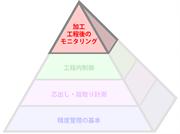
最後の加工工程後のモニタリング層では、加工工程と完成パーツを仕様に対してチェックし、工程の状態と結果を記録します。
加工の完了後に適用する豊富なデータに基づく制御です。
記録対象
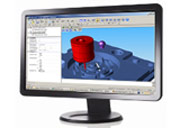 プロセスのパラメータ、オフセットや座標系に手動または自動で加えた変更など、加工工程中に発生したイベント
プロセスのパラメータ、オフセットや座標系に手動または自動で加えた変更など、加工工程中に発生したイベント- 結果に影響した可能性のある工程への介入
オンマシン寸法計測で実現すること
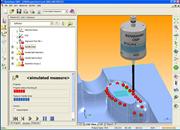 金属切削加工時と同じ環境での重要形状の寸法計測
金属切削加工時と同じ環境での重要形状の寸法計測- 加工工程の安定性の確認
工程後に外部出力することで実現すること
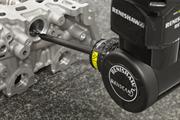 パーツの規格準拠記録
パーツの規格準拠記録- 主要形状寸法の履歴取得 (機械状態のモニタリングと定期メンテナンスのため)
豊富なデータに基づく制御
最新計測技術を活用することで、非常に複雑なパーツでも、多くの場合 1 回の段取りで完全に自動で計測できます。これにより、熟練した検査担当者が品質保証のためのチェックを管理する必要性が低減します。
最新の 5 軸技術を活用することで三次元測定機でのパーツ測定を 3 倍高速化できます。汎用性に優れたゲージングシステムにより、量産/中量産パーツの高速検査が可能になり、プロセスフィードバックを取得できます。
オンマシン寸法計測を行うことで、段取り状態が悪化する前に規格外の部品を検出できるためその場で修正作業を実施できます。
レニショーの REVO®、PH20、Equator™ は、パーツの仕様準拠に関するトレーサブルで迅速なレポート作成と切削作業の状態と結果の記録に不可欠なツールです。
高生産性プロセスパターン
-
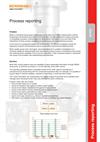 Educational article: (AP400) Productive Process Pattern: Process reporting [en]
Educational article: (AP400) Productive Process Pattern: Process reporting [en]
Productive Process Pattern™ from the post-process monitoring layer of the Productive Process Pyramid™. Most CNC control systems have the capability to send customised information through RS232 serial ports, an Ethernet connection, or to the hard disc of the CNC control. The reporting capability allows a traceable record of the ‘route’ used to manufacture a component to be stored along with the component inspection data. For example, it is possible to log any detail of machine updates, required re-machining, or tools that were broken.
-
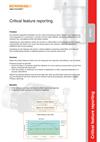 Educational article: (AP403) Productive Process Pattern: Critical feature reporting [en]
Educational article: (AP403) Productive Process Pattern: Critical feature reporting [en]
Productive Process Pattern™ from the post-process monitoring layer of the Productive Process Pyramid™. Select the critical features which are to be measured and reported, according to a set of criteria. Features should be reported where the failure of a feature would be indicative of a more serious process fault (e.g. the final feature machined with each tool); or when the position or dimension of a feature is dependent on other measured features or ‘in process’ calculations.
資料
-
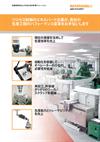 カタログ: パンフレット: 生産効率を向上させるための計測ソリューション
カタログ: パンフレット: 生産効率を向上させるための計測ソリューション
プロセス制御のエキスパート企業が、貴社の生産工程のパフォーマンス変革をお手伝いします
-
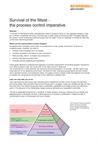 White paper: Survival of the fittest - the process control imperative [en]
White paper: Survival of the fittest - the process control imperative [en]
In tough times, manufacturers focus on reducing their operating costs, but may not be able to afford to spend their way out by buying more productive machinery. With that pathway closed, what are the opportunities for radically reducing costs without replacing existing machines? This paper explores four areas where substantial savings can be found if firms are prepared to change the way they control their machining processes.
-
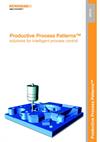 Educational article: (AP010) Productive Process Pattern: Productive Process Patterns™ [en]
Educational article: (AP010) Productive Process Pattern: Productive Process Patterns™ [en]
Introduction to the Productive Process Patterns™ - solutions for intelligent process control within manufacturing




